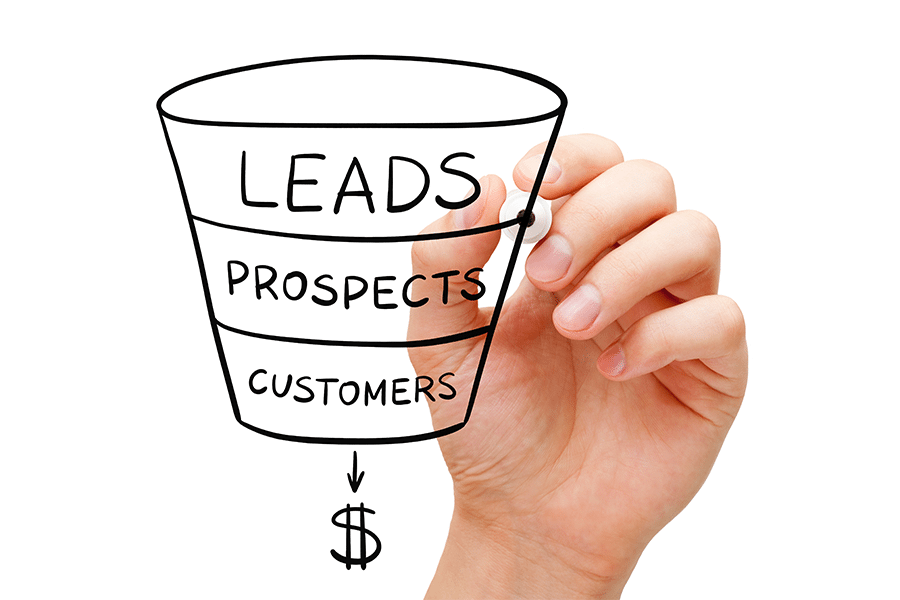
The entire role of marketing is about funnelling people with a need for your product into your sales pipeline. There’s often a low conversion rate for prospecting tactics like cold-calling & emailing. If you’re cold-calling, you’re sifting through rejections to get to the “gold nuggets” that are your viable customers. It’s called prospecting because it’s a little bit like panning for gold. For example, if a consultant starts a social media conversation with another business and then arranges a follow-up meeting, that’s successful prospecting. Prospecting is used by sales reps and consultants to establish first contact with customers in both B2B and B2C scenarios. However, there has to be a qualifying factor, like a list of emails that match your key demographic or a B2B contact list in your target market. They haven’t expressed any interest in your business. Prospects are the widest pool of potential customers. They both refer to potential customers but they’re actually at different stages in your buyer’s journey. Leads and prospects are not the same things. The Difference Between Leads and Prospects


To explain this, first, we need to understand the difference between prospects and leads. These functions can work together but they each have nuances that allow a business to optimize both operations.

Sales team's prospect and marketing generates leads. If you work in sales or marketing, though, then you know that this couldn’t be further from the truth. Like many business processes, prospecting and lead generation share enough similarities that they can look like the same thing from the outside.


 0 kommentar(er)
0 kommentar(er)
